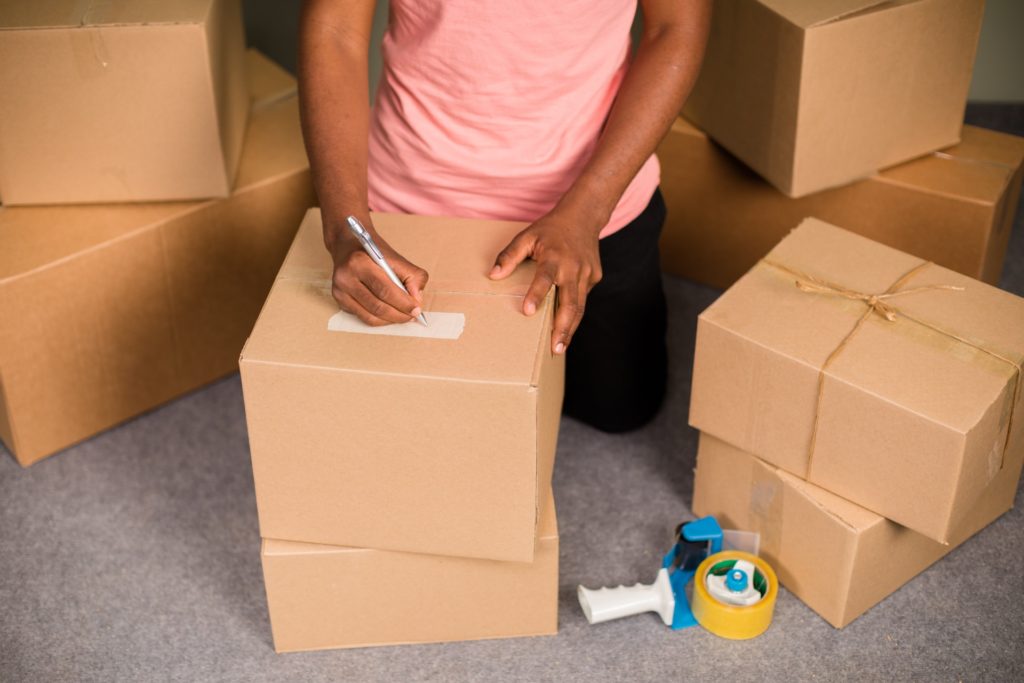
Closing on a new home is an exciting milestone in the homebuying journey. However, it’s important to navigate the closing process with care to ensure a smooth transition into your new property. In this blog post, we will guide you through the essential steps to take when closing on a new home, helping you prepare, gather necessary documents, arrange payment, understand the closing process, and take care of important tasks afterward.
Preparing for the Closing
Before the closing day arrives, there are a few important tasks you need to complete.
1. Reviewing the Closing Disclosure
When you receive the Closing Disclosure, take the time to review it thoroughly. This document provides a breakdown of the loan terms, closing costs, and other important details. Pay attention to any discrepancies or errors and seek clarification if needed.
2. Conducting a Final Walkthrough
Schedule a final walkthrough of the property shortly before the closing. This is your opportunity to ensure that the property is in the agreed-upon condition. Inspect the interior and exterior, checking for any new issues or damages. Address any concerns or repairs with the seller or real estate agent before closing.
Gathering the Necessary Documents
To ensure a smooth closing process, it’s important to gather all the necessary documents in advance.
1. Identification and Proof of Ownership
Prepare your identification documents, such as a driver’s license or passport, for verification purposes. Additionally, have the deed or title documents ready to prove ownership and facilitate the transfer process.
2. Financial Documentation
Gather important financial documents, including proof of insurance for the property. Bring recent bank statements and pay stubs to verify your financial standing and demonstrate your ability to fulfill the mortgage obligations. It’s also a good idea to have any loan and mortgage documents readily available for reference during the closing.
Arranging the Payment
One of the key aspects of closing is arranging the payment for the property. Here’s what you need to do:
1. Obtaining a Cashier’s Check or Wire Transfer
Contact your closing agent or lender to determine the exact amount required for closing costs and the down payment. Once you have this information, obtain a cashier’s check from your bank or arrange for a wire transfer to ensure timely payment.
2. Reviewing the Closing Costs and Fees
Take the time to understand the breakdown of the closing costs and fees. Review the Closing Disclosure and discuss any discrepancies or questions with your closing agent or attorney. Clarify any unfamiliar terms or unexpected charges to ensure a transparent and accurate closing process.
The Closing Process
The closing process is the culmination of all your efforts in acquiring a new home. Here’s what to expect:
1. Meeting with the Closing Agent or Attorney
On the day of closing, you’ll meet with a closing agent or attorney who will oversee the legal aspects of the transaction. They will guide you through the process and provide the necessary documents for review and signature. Take your time to carefully read and understand each document before signing.
2. Transferring Ownership and Receiving the Keys
During the closing, the necessary paperwork will be completed to transfer the ownership of the property to you. Once all the documents are signed and funds are transferred, you will receive the keys to your new home, marking the official completion of the closing process.
Post-Closing Tasks
After closing on your new home, there are a few important tasks to attend to.
1. Updating Your Address
Notify relevant parties, such as banks, employers, and utility companies, of your new address. Update your mailing address to ensure a seamless transition and avoid any potential delays or missed correspondence. Consider setting up mail forwarding for a specified period to catch any mail that may still be sent to your previous address.
2. Documenting the Condition of the Property
Once you move into your new home, take the time to document its condition. Capture photos and make notes of any existing damage or areas that require maintenance or repairs. This will serve as a reference point and protect you in case any issues arise later on.
3. Setting Up Utilities and Services
Contact utility providers to establish new accounts or transfer existing ones to your name. Arrange for the setup of essential services such as electricity, water, gas, internet, and cable. Schedule installations or transfers to ensure that your new home is ready for occupancy.
Celebrating and Settling In!
Closing on a new home is a significant achievement, and it’s time to celebrate and settle into your new abode.
Take the opportunity to celebrate this milestone with your loved ones. Throw a housewarming party to share the joy of homeownership and show off your new home.
Unpack and organize your belongings systematically. Create a plan for each room and tackle one area at a time. This will help you maintain order and avoid feeling overwhelmed.
Consider making any necessary repairs or improvements to customize your living space. Whether it’s a fresh coat of paint, updating fixtures, or adding personal touches, transforming your new house into a home that reflects your style and preferences will make the space truly yours.

Closing on a new home is an important step that requires careful attention to detail. By following the outlined steps in this blog post, you can ensure a successful closing process and transition smoothly into your new home. Remember to stay organized, ask questions when in doubt, and enjoy the journey of homeownership. Congratulations on your new home!
For your convenience, use our Closing Checklist!
